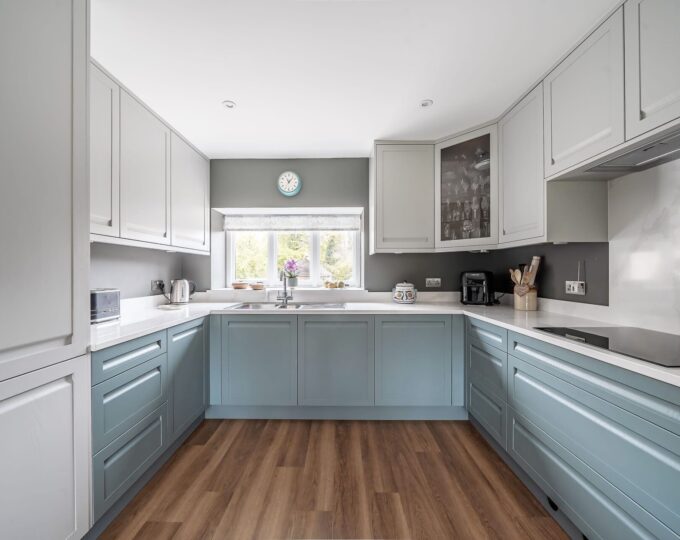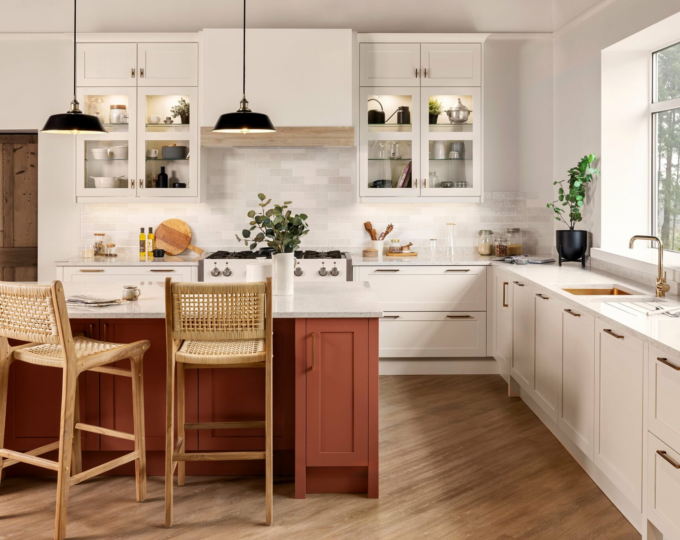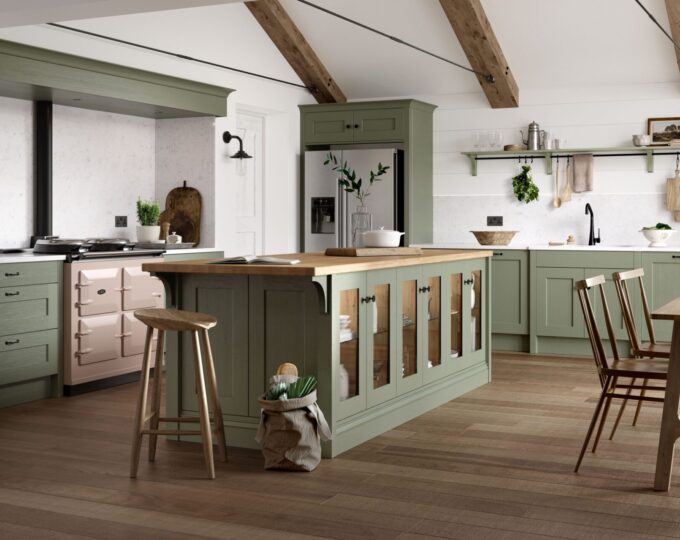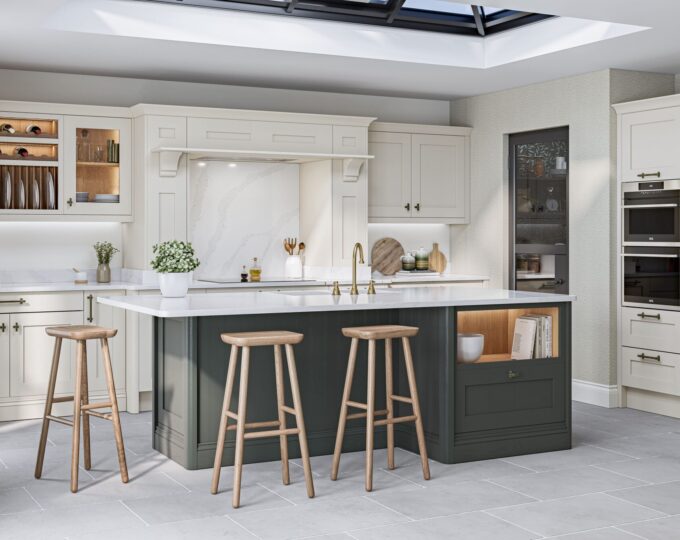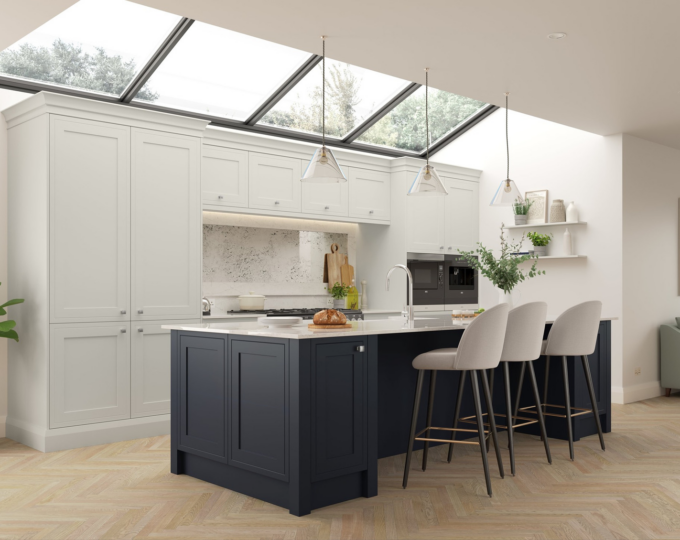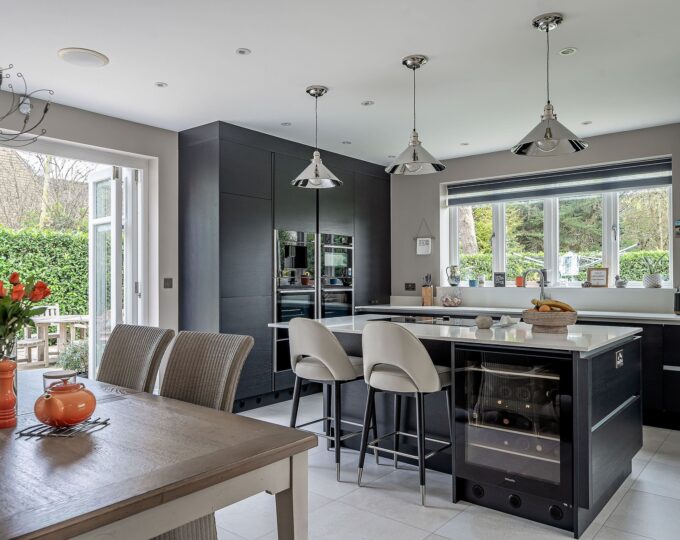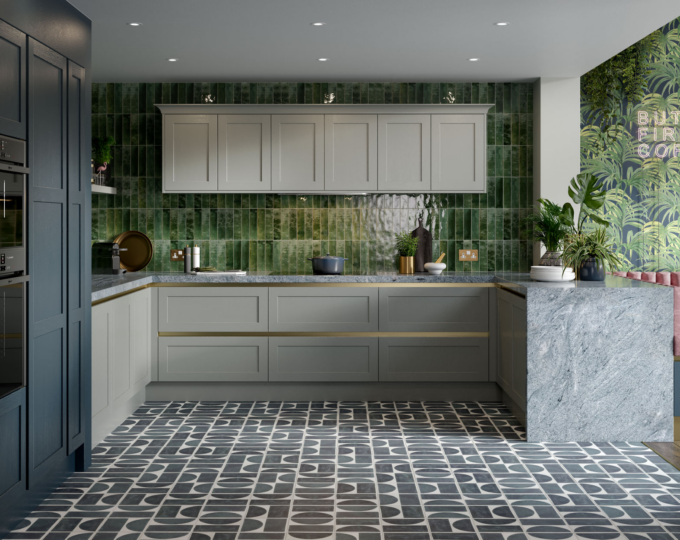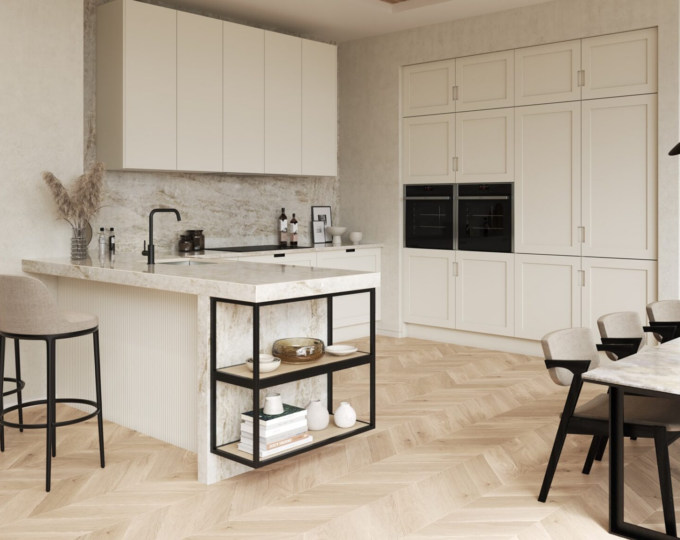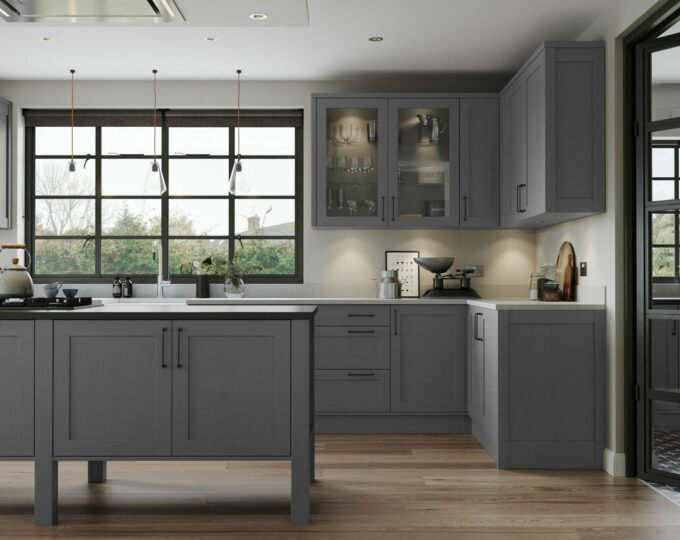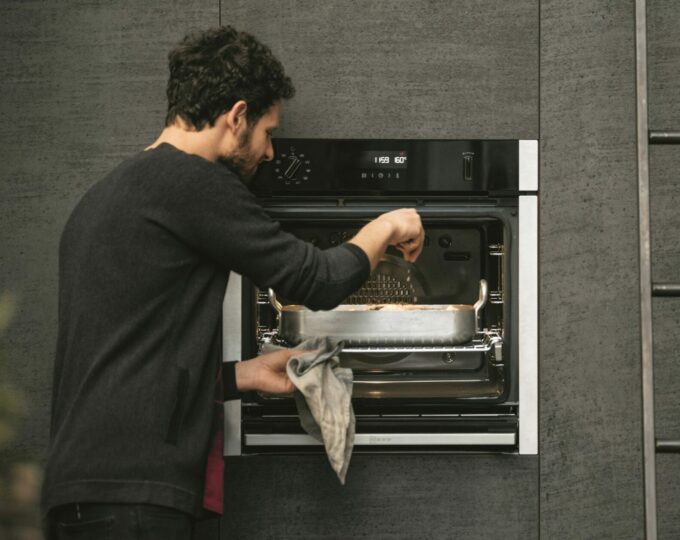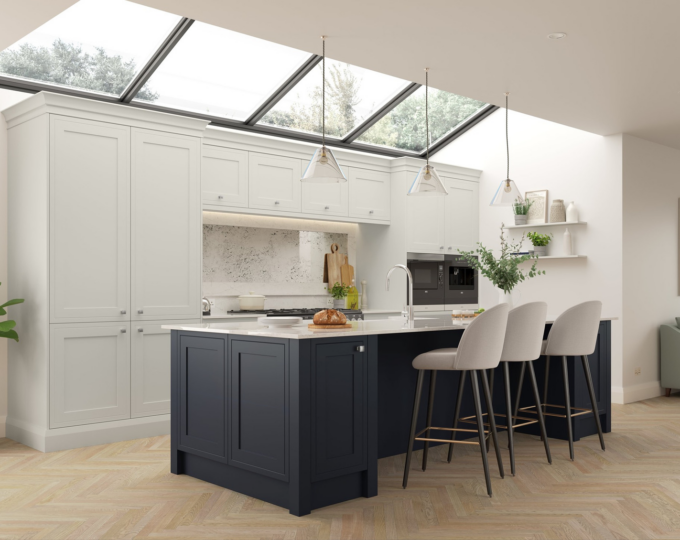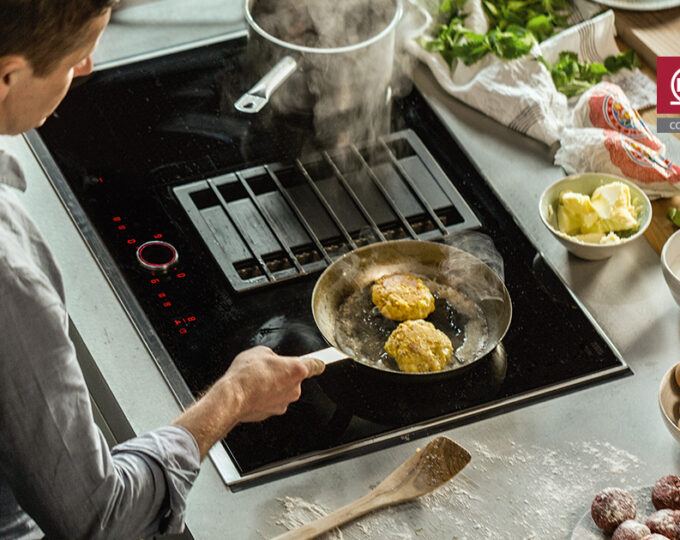Designing Your Dream Kitchen
Creating a customised kitchen is a rewarding venture that begins with a solid concept. This is the stage where you can let your imagination soar. Begin by considering your lifestyle and how you use your kitchen. Are you a passionate cook who needs ample prep space, or do you often entertain guests and require an open-plan design? The first step is to brainstorm ideas, sketch out your vision, and compile inspiration from magazines, online resources, and kitchen showrooms.
Consider how your kitchen interacts with the rest of your home. Think about the flow of the space and how it connects to adjoining rooms. Should it be closed off for a more traditional feel, or do you prefer a seamless integration with the dining and living areas?
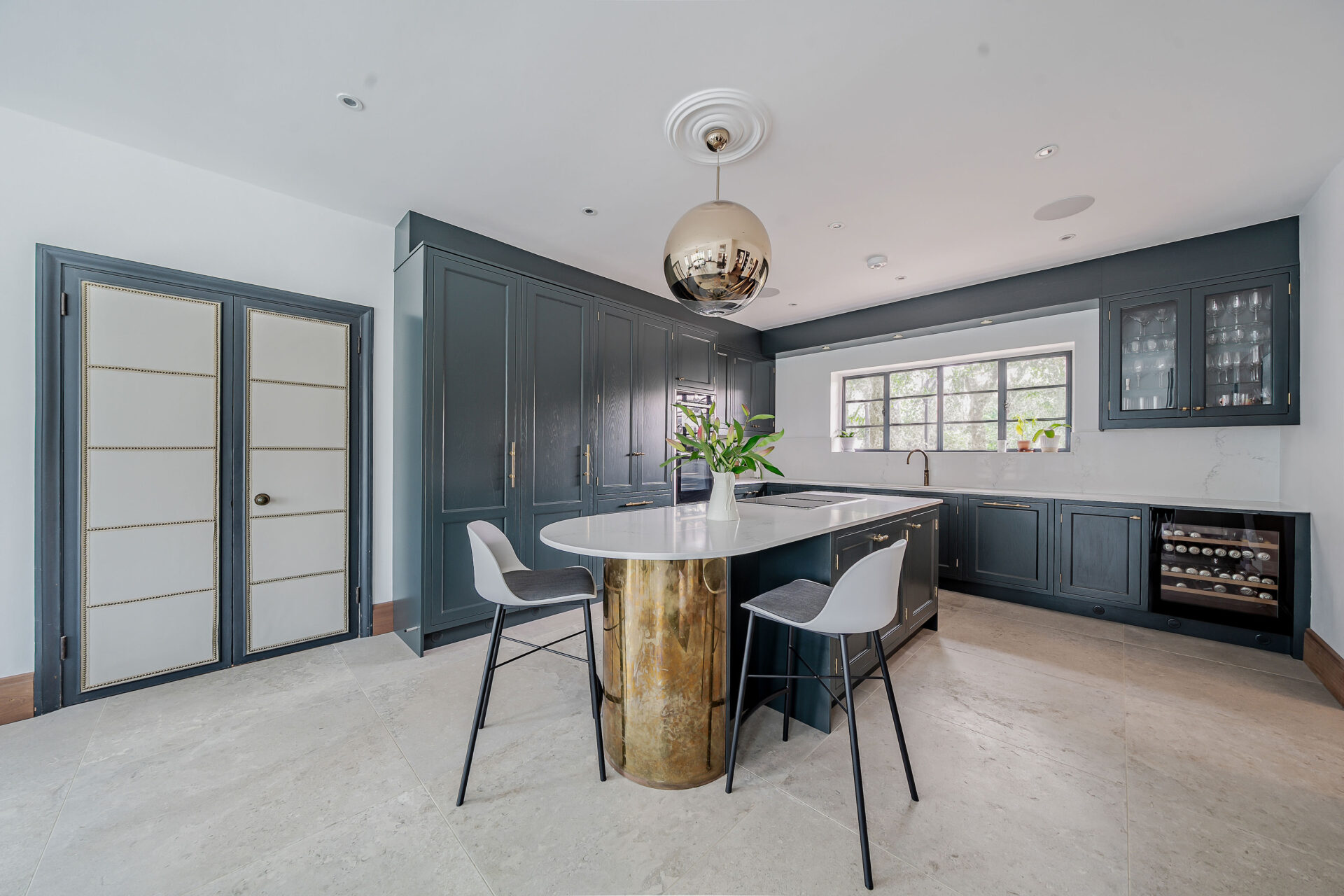
Creating a Functional Layout
Once you have a concept in mind, it’s time to focus on the layout. The layout is crucial for ensuring your kitchen functions well. There are several classic kitchen layouts to consider:
- U-Shaped: Offers ample workspace and storage, perfect for busy cooks.
- L-Shaped: Ideal for smaller spaces and promotes a more open feel.
- Galley: Efficient and perfect for narrow spaces, providing a streamlined path between functional areas.
- Island Configuration: Adds valuable counter space and can serve as a social hub.
Take measurements and create a floor plan that fits your space. Factor in elements like the kitchen triangle — the optimal distance between the sink, stove, and refrigerator — to ensure ease of movement while cooking.
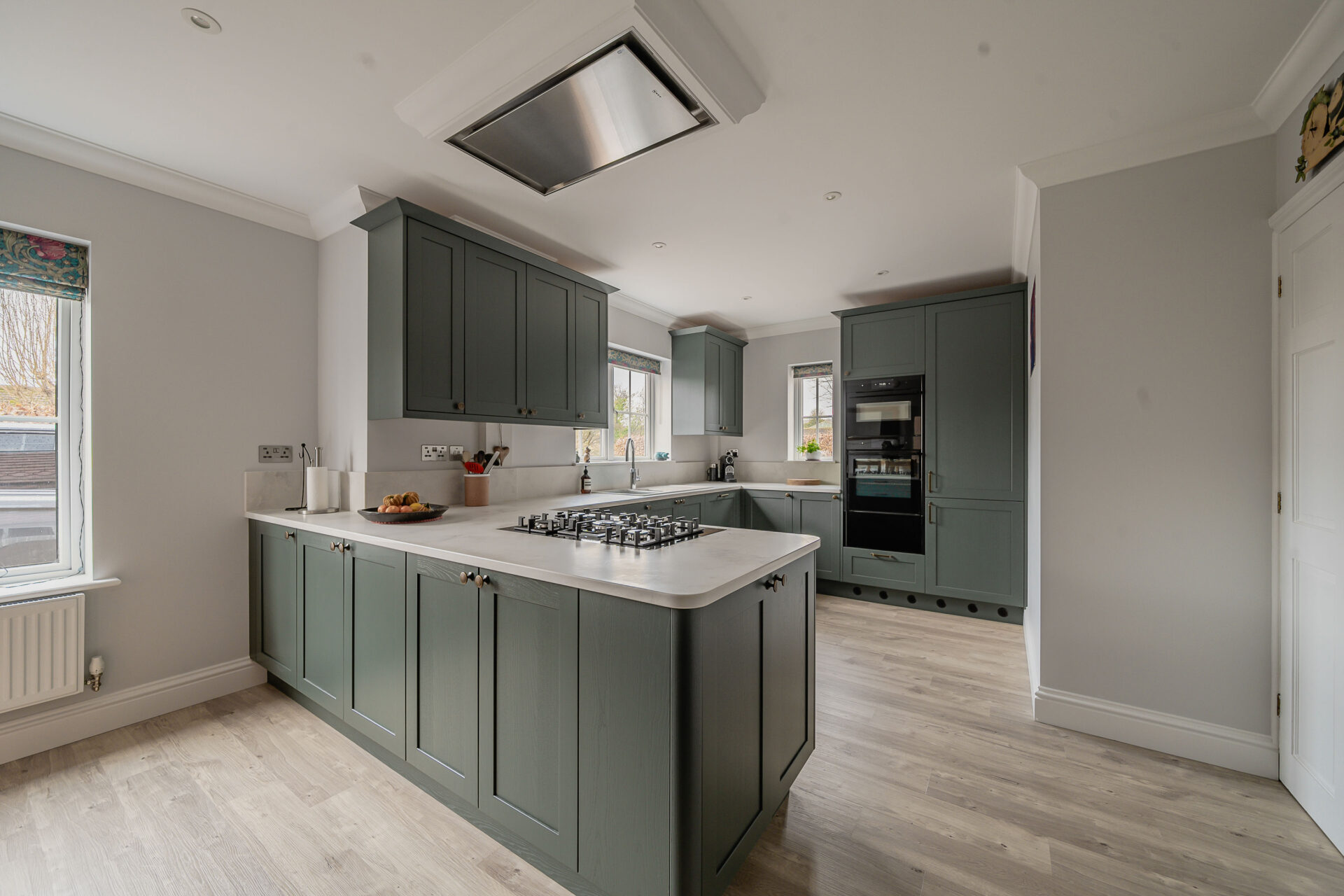
Choosing the Right Materials
Next, it’s essential to select materials that not only appeal visually but also accommodate your functional needs. Start with cabinetry, which can profoundly influence your kitchen’s character. Options range from classic wood finishes to modern laminated surfaces. Don’t forget to consider colour schemes; opt for shades that complement the surrounding areas in your home.
Countertops are another critical consideration. Materials like granite and quartz offer durability and style, while laminate provides a budget-friendly alternative. Ensure the choice of surface matches your cooking habits — for instance, a professional chef might prefer the resilience of stone.
Flooring matters too. Tile, hardwood, and vinyl each provide distinct benefits and aesthetics. Choose a flooring style that can withstand spills and heavy foot traffic while being easy to maintain.

Adding Personal Touches
With the structural and functional aspects in place, it’s time to add those personal touches that make your kitchen uniquely yours. Consider selecting decorative elements that reflect your personality, like artistic tiles as a backsplash, or stylish pendant lights above an island.
Incorporate smart storage solutions that not only look great but also maximise functionality. Floating shelves or pull-out drawers can keep your essentials accessible while maintaining a tidy appearance.
Don’t overlook the beauty of plants; herbs can thrive on windowsills, adding colour and freshness, while also being handy for cooking.

Planning for Installation
After you’ve finalised the design and selected materials, it’s time to consider the installation process. Collaborating closely with your kitchen design and installation team is vital to ensure everything goes as planned. Schedule the installation at a time that minimizes disruption to your household.
During installation, it’s essential to stay in regular contact with the team. Be prepared for potential adjustments, as renovations can often present unexpected challenges. A good kitchen company will keep you informed and work collaboratively to ensure your vision comes to life.

Maintaining Your Custom Kitchen
Once your kitchen is complete, maintaining its beauty and functionality is essential. Establish a regular cleaning routine to protect surfaces and appliances. Depending on the materials you’ve chosen, some surfaces may require special care, such as specific cleaning products or polishing methods.
Consider setting aside a time each year for a deep clean and to assess the kitchen’s condition. This ensures your customised kitchen remains a beautiful, efficient space for years to come.

Conclusion
Creating your dream kitchen is an exciting and fulfilling process, from the initial concept through to installation. By carefully planning each stage and incorporating personal touches, you can design a space that enhances your daily life and reflects your unique style. Remember that a well-designed kitchen is not just about aesthetics; it’s about creating the ultimate functional space tailored to your needs.
If you’re ready to transform and customise your kitchen into a stylish and spacious hub, our expert team is here to help. Get in touch today at info@signaturekitchens.uk.com or give us a call on 01730 233051 to start designing your dream kitchen!


